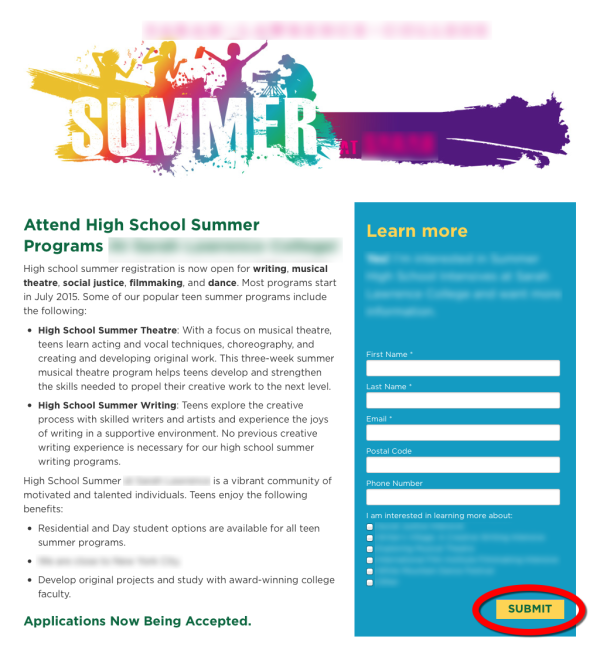In any PPC campaign, you can spend hours tinkering with ad copy, modifying offers and adjusting keywords. And yes, as PPC consultants, we make these kinds of refinements—and sometimes they produce real performance improvements.
But recently, one of our clients made ONE simple change that improved PPC leads by a WHOPPING 637 percent—and we even have the data to prove it!
What was this magical, innovative change, you ask? Quite simply, landing pages.
The Oft-Overlooked Landing Page
As with all our clients, we raised the topic of landing pages early in the campaign development process. For optimal results, we knew we wanted our online ads to click through to customized landing pages, not preexisting web pages.
This wasn’t news to anyone. Like many of our clients, this client was well versed in the value of landing pages and was onboard with development.
But when we were ready to launch the campaign, the landing pages still waited for approval. The client, facing the prospect of their campaign offers becoming obsolete if delayed too long, pushed to launch the campaign regardless. Reluctantly, we arranged to have the ads click through to existing pages on their website.
This certainly wasn’t our first client to run a PPC campaign without landing pages in place. Why does this still occur when most clients know what landing pages are about? Some of the most common reasons we’ve seen are:
- No comparisons. The client hasn’t used landing pages before and doesn’t fully appreciate their value.
- Internal resistance. The client doesn’t want to put time and resources into landing page development. Responsibility gets passed from department to department with “that’s not my job” raising its ugly head.
- Slow approval process. A convoluted approval process slows things down until the client gives up.
- IT issues. The client gets pushback from their IT department, which reports “we can’t do it” or “we’re too busy.”
And so, clients sometimes opt to proceed with existing web pages instead of landing pages. But here’s the problem: Most web pages don’t meet the criteria of a good landing page.
Anatomy of a Good Landing Page
In case you’ve forgotten, a good landing page has:
- Clear, concise content
- A simple path to conversion
- One clear call to action
- An image that encapsulates what you do
- A trust signal, such as a testimonial or two.
As you can imagine, this description doesn’t match most web pages.
To illustrate, let’s look at a web page our client used for the campaign (we’ve circled links and calls to action):

The swarm of red circles makes obvious the convoluted conversion path. In addition, the page has multiple calls to action, somewhat complex content and an image that fails to clarify what the page is about.
The shortcomings of this pseudo-landing page were immediately evident in our campaign results. Our conversion rate was, quite frankly, abysmal. We made all kinds of adjustments to improve performance—all while ignoring the web-page-as-landing-page elephant in the room.
Landing Pages to the Rescue
In mid-April, about a month after campaign launch, our client got the landing pages approved, and we integrated them into our campaign.
Almost immediately, the results were nothing short of astounding:

In the course of a few days, we saw conversion rates increase by a shocking 200 to 800 percent! Goal completions rose from 16 to 118!
So what did we put on these Herculean landing pages? Nothing but what you’d expect on a good landing page. Here are two samples:


As you can see, we reduced the number of possible paths from about 40 to one. If you arrived on one of these pages from an online ad, you’d know exactly what to do.
The lesson?
Don’t overlook boring post-click campaign components (landing pages) in your desire to nail exciting pre-click components (ad copy, offers, keywords). For a successful PPC campaign, you need to have both.






